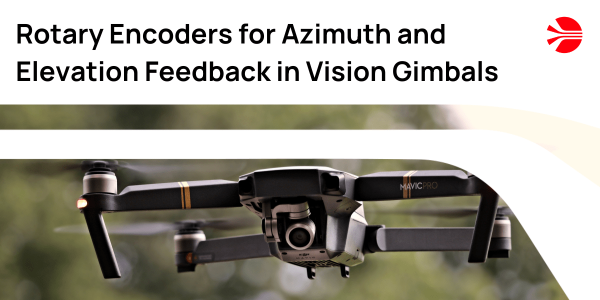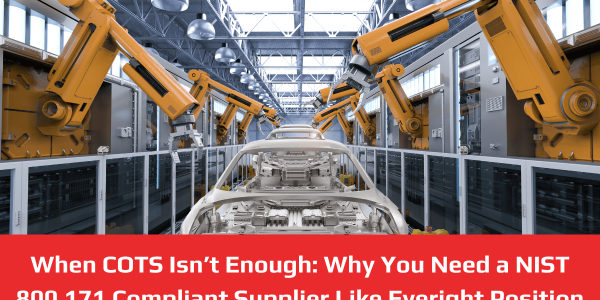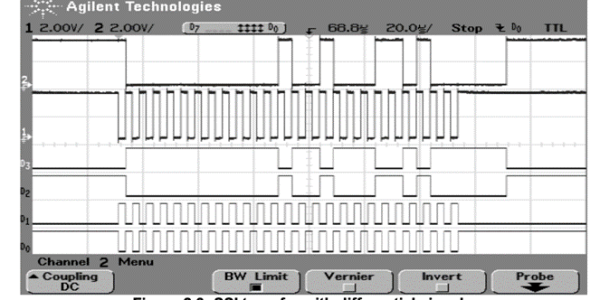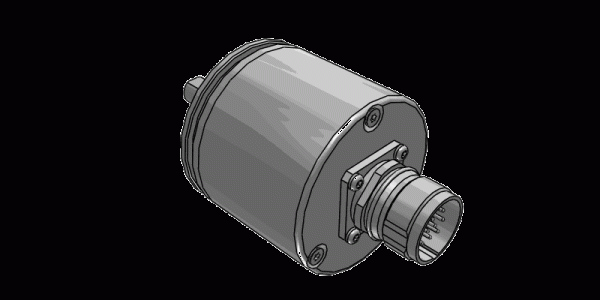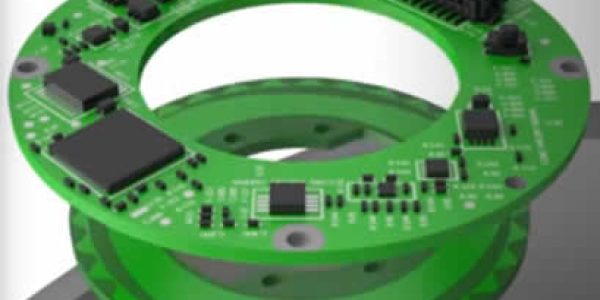Submersible Linear Sensors
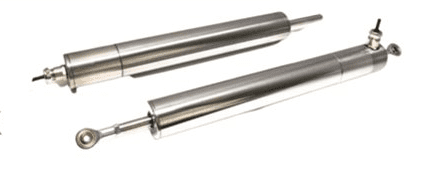
Positek’s portfolio includes a range of high-accuracy linear sensors specifically designed for use in submersible applications.
Made from marine grade stainless steel and offering the reliability that is not possible from a submersible LVDT or linear potentiometer, our sensors have served a host of different industries such as wastewater and offshore oil drilling.
Another use for the submersible linear sensor is as an alternative to a waterproof linear potentiometer. Although our subsea sensors can withstand submersion in depths of up to 3500m, they are also suitable for applications in any harsh environment where the sensor might be exposed to excessive amounts of freshwater or other non-corrosive liquid.
As with every linear position sensor that we supply, our submersible position sensor solutions employ non-contact technology to ensure the highest levels of reliability, even when underwater. Every submersible linear sensor within our range, therefore, operates without interference or wear, and boasts an extremely low failure rate.
Unlike many submersible LVDT manufacturers, Positek has the flexibility to customise any submersible position sensor to fit your required size or specification. If our standard range is not suited to your application, please contact a member of our design team to discuss your requirements. We can then have your marine sensor assembled and dispatched in as little as 1-2 working days.
Depths and Environments for Submersible Linear Sensors
A submersible sensor is built to work in deep waters. Do not let the size fool you because despite of its compact size, it boasts accurate data on the slant that it measures. A linear position sensor is sufficiently durable enough to tolerate pressure of depths up to 3,500m, however, some can endure deeper waters and still give high precision measurements.
A submersible sensor can be capable of withstanding deep-sea conditions with pressure up to 5,000 psi. They are built to endure any kind of temperature, even the harshest. It can bear any level of humidity depending on the build of the sensor. It can still function properly in an event that it encounters high levels of shock and vibration. Overall, a linear potentiometer can be adapted to whatever type of environment it will be utilised for, regardless of the conditions being too hazardous or calm.
Uses for Submersible Linear Sensors
As mentioned above, a submersible LVDT can withstand even the harshest environments. While a submersible sensor is commonly used in applications submerged in relatively clean water, this device can also be found being utilised in lift stations, underwater oil mining, wet wells, holding tanks, refineries, filling equipment, and distillations. Its common applications also include water measurement in vessels, reservoirs, pits, and channels.
Sensors are now a crucial part of most types of machinery or equipment, in various applications, whether it is for vehicles, gadgets, and even massive machinery such as underwater vessels and ships. Every area of industry would benefit from utilising this powerful device.
Submersible Linear Sensors from Positek
Browse our range of submersible sensors. For more information or to discuss your application please contact us.

